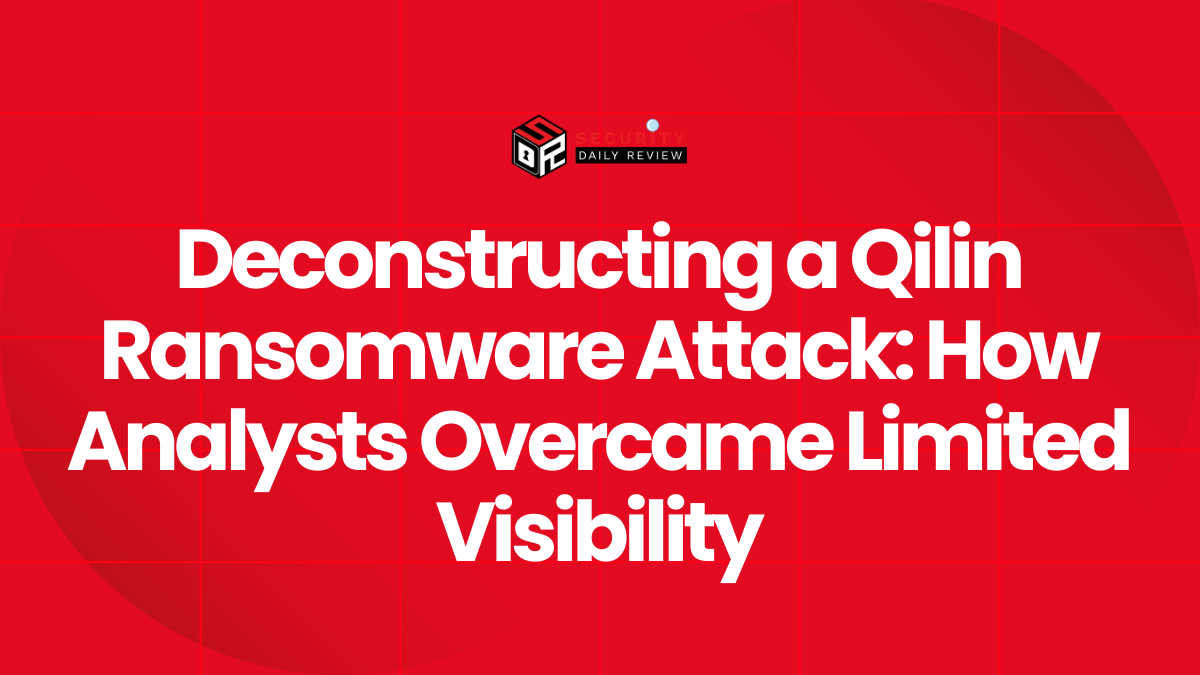Google’s generative artificial intelligence (AI) search interface is evolving quickly—and so is the debate over how advertising will coexist with it. As the company doubles down on AI-powered answer boxes and summary results, a key question is taking shape: how will ads fit into this reimagined search experience? The answer, Google confirms, is that ads are not only staying—they are coming back to the AI interface in a substantial way.
With the migration from traditional page-based search listings to AI-generated overviews, Google’s ad ecosystem is preparing for disruption. This raises implications not only for advertisers and marketers but also for cybersecurity professionals who monitor threat vectors in the digital advertising space.
Google Confirms Ads Will Be Integrated Into AI Search Results
Ad Inventory Is Being Reimagined for Generative Search
Google has indicated that advertising will increasingly be embedded into the new AI search formats. This includes the Search Generative Experience (SGE), where users get summarized responses at the top of the results page—often pushing traditional links and current ad placements further down.
During recent announcements, Google representatives clarified that AI-generated search results are still part of the commercial web and that ads are a natural component of that experience. Ad formats will evolve to blend into these summary experiences, potentially showing contextually relevant promotions alongside or within AI-powered answers.
Expected Changes to Google Ad Placements and Formats
Google has begun experimenting with the following models:
- Inline advertisements within AI answers, possibly labeled similarly to current ad indicators
- Product carousel modules appearing alongside generative responses, particularly for commerce-related queries
- Sponsored content delivered as part of the AI’s summarization, although this may raise disclosure and user trust concerns
Despite the reconfiguration, performance marketers are anticipating diminished click-through rates due to fewer visible organic links and increasingly unpredictable ad visibility—notably on mobile devices, where AI results already dominate the initial screen.
Security Concerns are Resurfacing With AI-Powered Ads
More Ad Formats May Mean More Opportunities for Abuse
As Google transitions toward AI-based search, concerns are resurfacing about the long-standing misuse of its ad platform by cybercriminals. Threat actors frequently leverage Google Ads to promote phishing sites, distribute malware-laden software, or advertise fake cryptocurrency offerings.
In an AI-dominated interface, where users are less likely to scrutinize links and are more dependent on generative summaries, the risk of malicious ads being mistaken for legitimate information could increase.
Threat Vectors Made Worse by Generative Interfaces
Cybersecurity teams should consider how these evolving interfaces may amplify known ad-based threats:
- Less user scrutiny of embedded links could encourage more clicks on malicious ads
- Blurred boundaries between sponsored and organic content make it harder to distinguish safe results
- AI-driven placement may depend on data inputs that attackers could potentially manipulate or poison
Additionally, ad verification tools and traditional anti-phishing strategies may need to be updated to parse and analyze generative UIs (user interfaces), which differ structurally from static search results.
Strategic Considerations for Security Teams and Advertisers
Marketers Must Balance Engagement With Integrity
Advertisers are already evaluating how to maintain performance metrics under this new generative paradigm. However, they must also ensure their campaigns do not inadvertently exploit user trust formed through AI-generated content. The evolving balance between monetization and transparency will be especially delicate in sectors such as healthcare, finance, and cybersecurity.
Likewise, cybersecurity teams must proactively engage with web developers and marketing departments to ensure that ad serving and tracking mechanisms continue to meet compliance and security expectations—particularly amid regulatory scrutiny over dark patterns and data privacy.
Recommendations for Cybersecurity and Application Teams
- Engage in real-time auditing of ad impressions within AI-generated content layouts.
- Monitor ad traffic patterns for signs of abuse, spoofed domains, or click fraud campaigns.
- Update threat detection signatures for new ad injection models and content parsing methods.
- Coordinate with marketing functions to ensure ad purchases do not unintentionally fund malicious placements.
Google’s Ad-Powered AI Search is a Security and Strategy Frontier
Ads on Google’s generative AI interface are not just returning—they are being re-engineered. This shift necessitates new strategic considerations across marketing and cybersecurity domains. As organizations prepare to navigate this intersection of AI content generation and digital advertising, a proactive posture will be key to mitigating misuse and maintaining trust across the platform.









